College of Science, Engineering & Technology
Solving flesh-and-blood problems with mathematical models
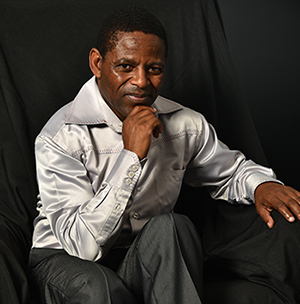
Prof Melusi Khumalo (CoD Mathematical Sciences, CSET) is an NRF C3-rated researcher whose forte when it comes to fluid flow analysis is the biomedical field.
From water pollution to blocked arteries in the human body, there are few problems in the physical realm that mathematics cannot help solve. If it’s a fluid and it flows, whether blood, water, oil or gas, there is a mathematical model to explain it.
Understanding physical problems and phenomena by translating them into mathematical models is the essence of fluid flow analysis. In the case of Prof Melusi Khumalo, National Research Foundation (NRF) C3-rated researcher and Chair of the Mathematical Sciences Department, his forte when it comes to fluid flow analysis is the biomedical field—flesh-and-blood phenomena, in other words.
He uses the example of blood flowing through the human body. "The way blood flows through the veins and arteries depends on properties such as speed and viscosity and the presence or absence of blockages. That flow can be translated into a mathematical language, the challenge being to find the best mathematical model to represent the problem. Once you have that mathematical solution, it can then be translated back into the physical realm."
This of course is the simplified version of a highly complex field that has intrigued Khumalo for almost three decades.
After graduating with a BSc degree from the University of Swaziland in the late 1980s, he completed an MSc in numerical analysis at Brunel University in London, followed by his PhD in numerical analysis and dynamical systems at the Memorial University of Newfoundland in Canada.
Back on African soil, he joined the University of Johannesburg as a mathematics lecturer and later became deputy head of department, where he discovered the dubious joys of administration.
Feeling the time had come to take a break, he took the decision to start a serious exploration of the world of research. His interest in this grew to the point where about three years ago, not long after joining Unisa, Khumalo decided to apply for an NRF rating.
Pinpointing strengths and areas for improvement
"I wanted a way of gauging myself as a researcher and believed that applying for a rating would achieve this because the rating process has two phases, peer review and a panel review. I hoped the review report would give me an objective indication of my strengths and where I could improve," he says.
His expectations were met when he was informed of the outcome of his application early in 2019.
Although pleased to have been awarded a C3 rating, meaning he is considered an established researcher, Khumalo took to heart the NRF’s critique. "There is quite a bit of room for improvement, particularly in improving the impact of the journals in which I publish. I need to look for journals with the highest impact and exposure in my field."
He has wasted no time in putting the advice from the NRF into practice. "My h-index has improved from h5 when I applied for rating to h7. I have also broadened my areas of research, tried to collaborate with other colleagues, and introduced a greater interdisciplinary flavour into my work."
Within Unisa, for example, Khumalo has been in touch with College of Science, Engineering and Technology (CSET) colleagues from Engineering and the Nanotechnology and Water Sustainability Research Unit (NanoWS). "They have identified elements of computational analysis they need and I have been using the Covid-19 lockdown period to read articles from NanoWS."
Asked what advice he would give to fellow researchers considering applying for an NRF rating, he says: "Embrace the peer review and criticisms. Prior to rating, you might think you are the best researcher but the rating report might contain some brutal criticism. You cannot take it personally. Instead of looking at who is saying it, it is better to look at the point being made and see if it is valid and can help you improve as a researcher."
Another important piece of advice is to include students in research projects. "A researcher must take students on board. I have not seen any successful researcher who is a loner. My students have contributed a lot to my research."
* By Clairwyn van der Merwe, Contract writer, Directorate of Research Support
Publish date: 2020-06-23 00:00:00.0

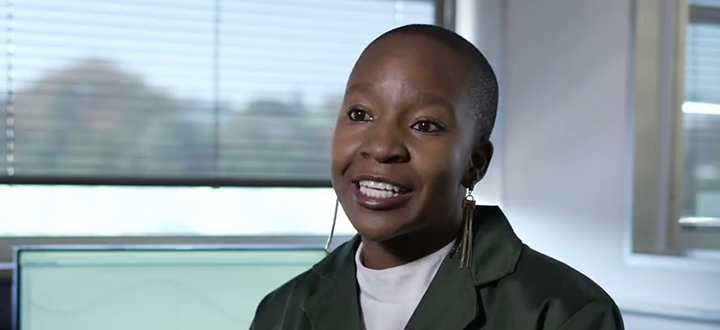 Young Unisa science stars join elite Lindau Nobel Laureate group
Young Unisa science stars join elite Lindau Nobel Laureate group
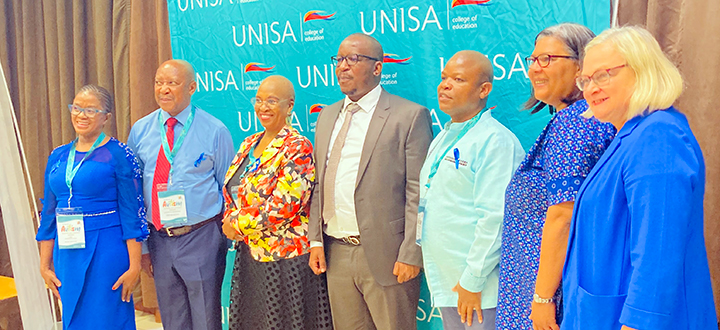 Education MEC addresses Unisa autism seminar
Education MEC addresses Unisa autism seminar
 Seven Unisans nominated for the NSTF-South32 Awards 2023/2024
Seven Unisans nominated for the NSTF-South32 Awards 2023/2024
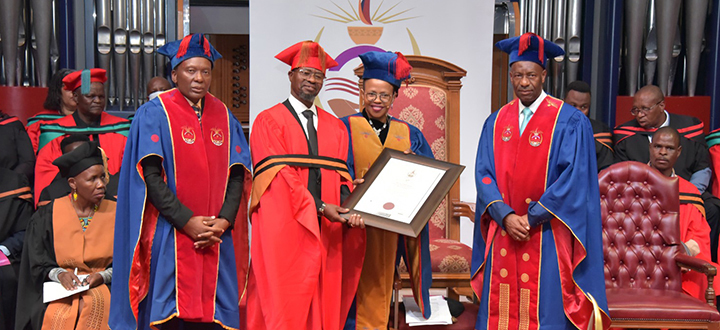 Unisa awards posthumous honorary doctorate to literary maven, OK Matsepe
Unisa awards posthumous honorary doctorate to literary maven, OK Matsepe
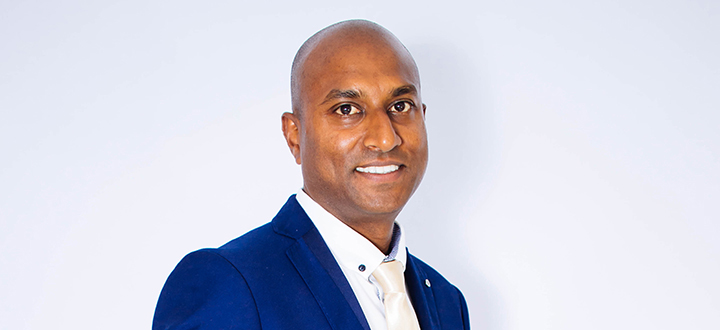 From humble beginnings to academic leadership
From humble beginnings to academic leadership